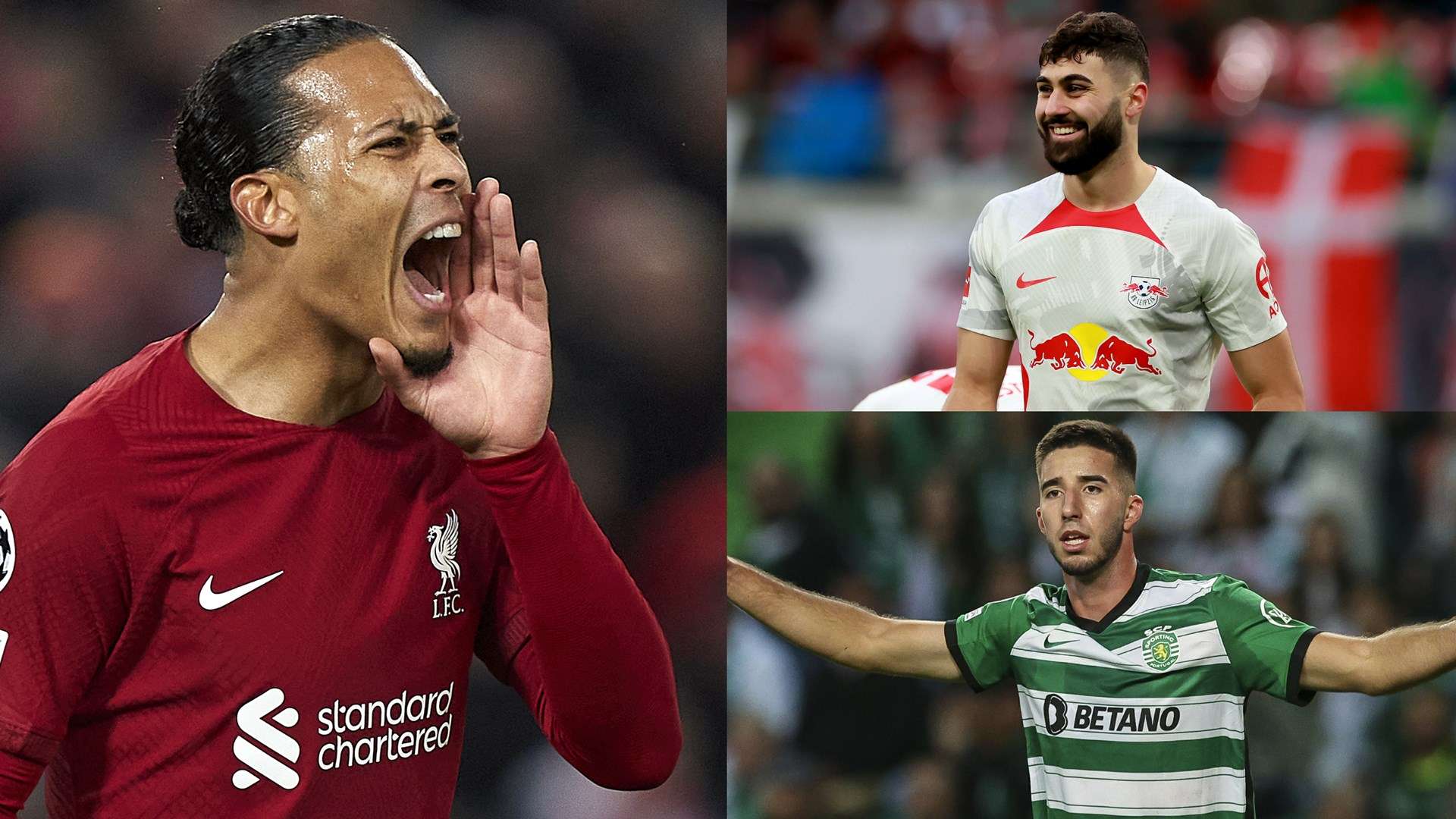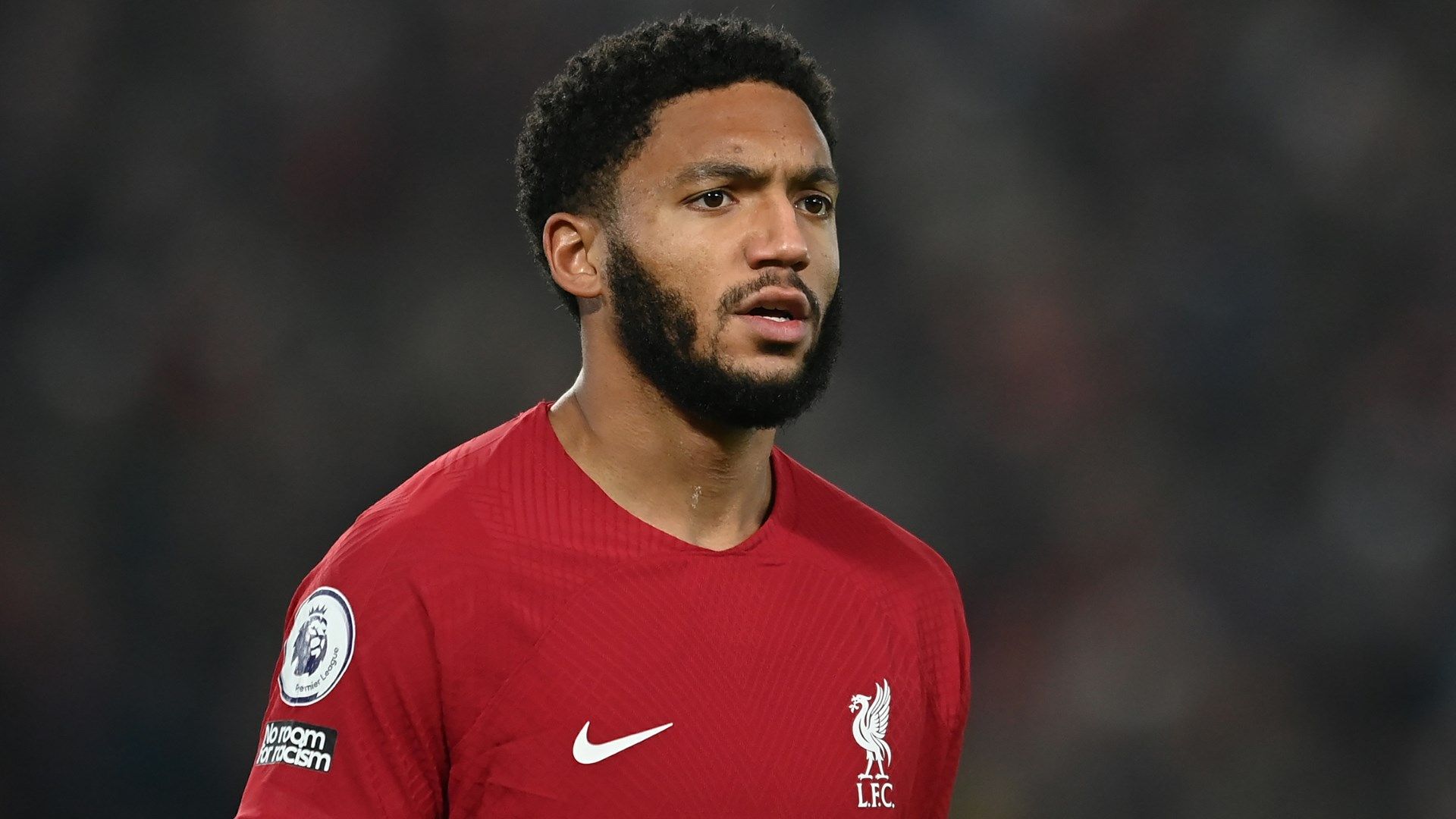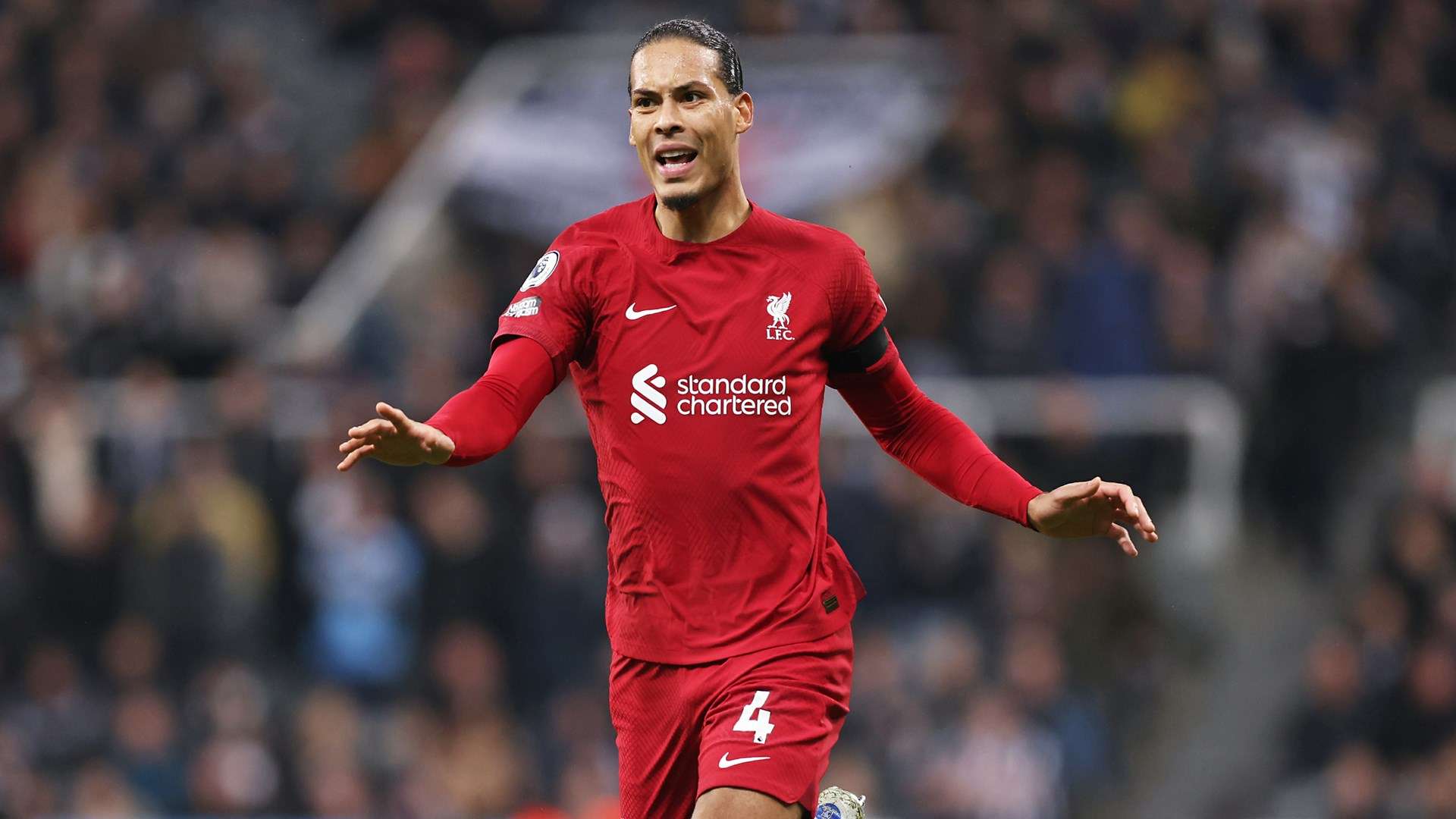As mentioned previously, there is not an obvious abundance of top-class centre-backs in world football.
Argentina, for example, have just won the World Cup with Nicolas Otamendi, while Arsenal are topping the Premier League with two players - Gabriel Magalhaes and William Saliba - who have eight international caps between them. England are still persisting with Harry Maguire, Chelsea still depend on the 38-year-old Thiago Silva, while even Manchester City have often turned to ‘second-tier’ defenders in Manuel Akanji and Nathan Ake this season.
That is not to say there are no options out there, however. Liverpool have, in recent months, scouted two young Portuguese talents, Benfica’s Antonio Silva and Sporting C.P.’s Goncalo Inacio. Both are young, 19 and 21, respectively, and both are forging a strong reputation as ball-playing, physically robust defenders. Both are expected to be the subject of transfer offers this summer.
Levi Colwill, currently on loan at Brighton from Chelsea, is another who is admired, although a move for the 20-year-old looks to be a non-starter given the rivalry between the clubs. The same would apply to Jarrad Branthwaite, who is impressing on loan at PSV from Everton.
Josko Gvardiol, the RB Leipzig and Croatia star, certainly looks to have the skills and attitude to thrive were he to move up a level, but would cost well over £70m ($85m), with the German side keen to keep the 21-year-old for at least another season.
Perr Schuurs of Torino has been looked at previously, while the emergence of Morocco international Nayef Aguerd at West Ham has not gone unnoticed either.
With at least two, and probably three, midfield arrivals necessary, it remains to be seen just how much Liverpool are willing to spend on strengthening their defence. But with Gomez and Matip under pressure, with Nat Phillips (26) almost certain to be sold, and with youngsters Sepp van den Berg (21), Billy Koumetio (20), Rhys Williams (22) and Jarell Quansah (20) unlikely to step up at this time, one thing looks increasingly certain; they have to do something.
They know as well as anyone how one 'slam dunk' signing can transform a defence, and a team. How they would love to bag themselves another Van Dijk this summer.

.jpg?auto=webp&format=pjpg&width=3840&quality=60)
.jpg?auto=webp&format=pjpg&width=3840&quality=60)





